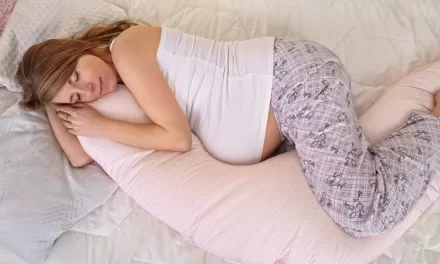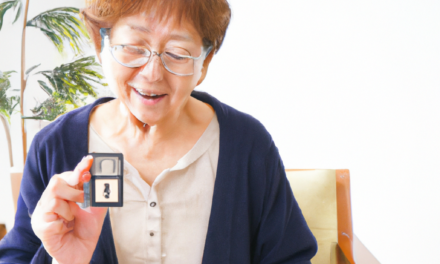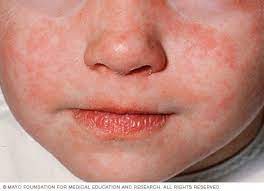University of Otago Researchers Call for Revised Sleep Guidelines
A new study from the University of Otago has challenged existing sleep guidelines by demonstrating that the timing of screen use, rather than the total amount of screen time, has a more significant effect on adolescent sleep. Published in JAMA Pediatrics, the research highlights that screen time while in bed is detrimental to sleep quality, suggesting a need to reassess current recommendations.
Current sleep guidelines advocate for avoiding screens in the hour or two before bedtime. However, the study found that screen use during this period had minimal impact on sleep quality. Instead, it was the use of screens once in bed that led to considerable disruptions in sleep.
Lead author Dr. Bradley Brosnan, from the Edgar Diabetes and Obesity Research Centre, led a study involving 85 adolescents aged 11 to 14 years. Participants wore body cameras capturing their screen usage and an actigraph to monitor sleep patterns. An infrared camera recorded screen time in their bedrooms.
Dr. Brosnan noted, “It quickly became obvious that adolescents spend a lot of their screen time while in bed.” The study revealed that while 99% of participants used screens in the two hours before bed, more than half continued using screens once in bed. About one-third of the participants engaged with screens after initially trying to fall asleep.
The research indicated that while screen time before bed did not notably affect sleep, screen use while in bed delayed sleep onset by approximately 30 minutes and reduced overall sleep duration. This effect was especially pronounced with interactive activities like gaming or using multiple devices simultaneously, such as watching a movie while playing video games.
Dr. Brosnan explained, “Every additional 10 minutes of interactive screen time reduced the amount of sleep by almost the same amount. Our findings suggest that the impact of screen time on sleep primarily results from delaying sleep onset rather than blue light exposure or interactive engagement.”
The study advocates for a revision of sleep guidelines to better align with contemporary lifestyles. Dr. Brosnan suggests that a more practical approach might be to keep devices out of the bedroom altogether, allowing adolescents to use them before bed but not while in bed.
“We need to revisit sleep guidelines to make them relevant and achievable for today’s world,” Dr. Brosnan concluded.
For more details, refer to the study: Brosnan, B. et al. “Using video cameras to measure screen use in youth; implications for sleep in temporal analyses,” JAMA Pediatrics (2024). DOI: 10.1001/jamapediatrics.2024.2914.











